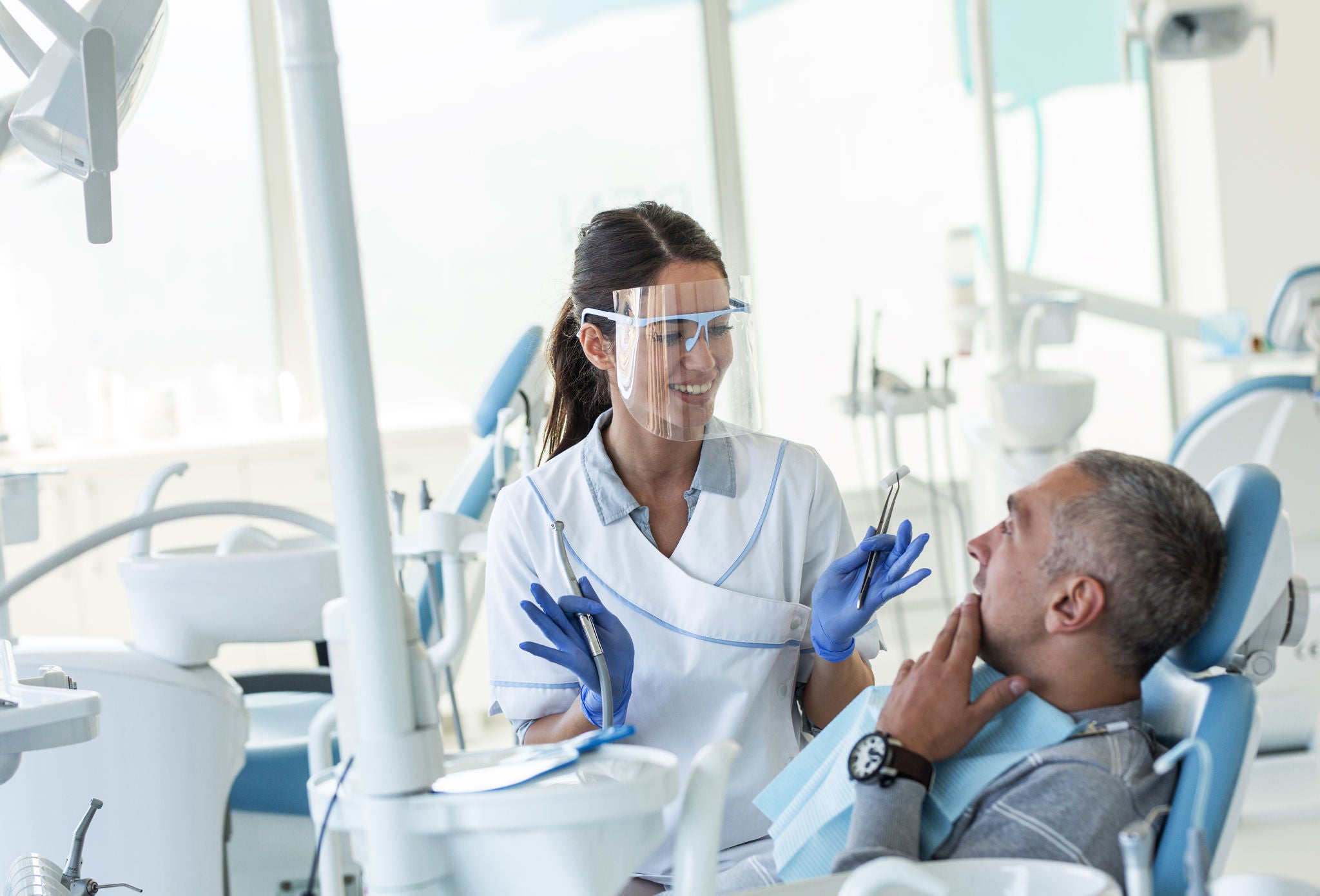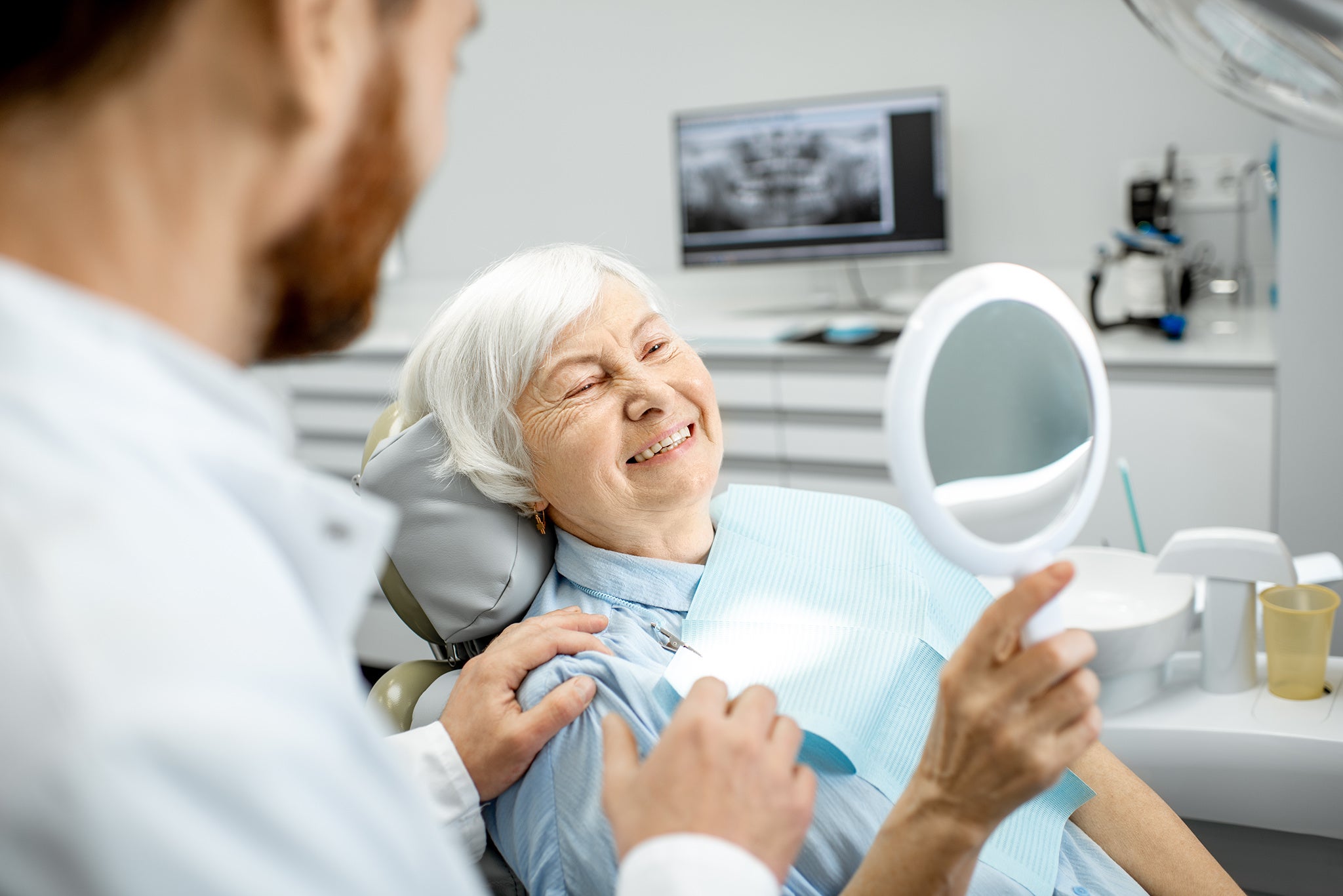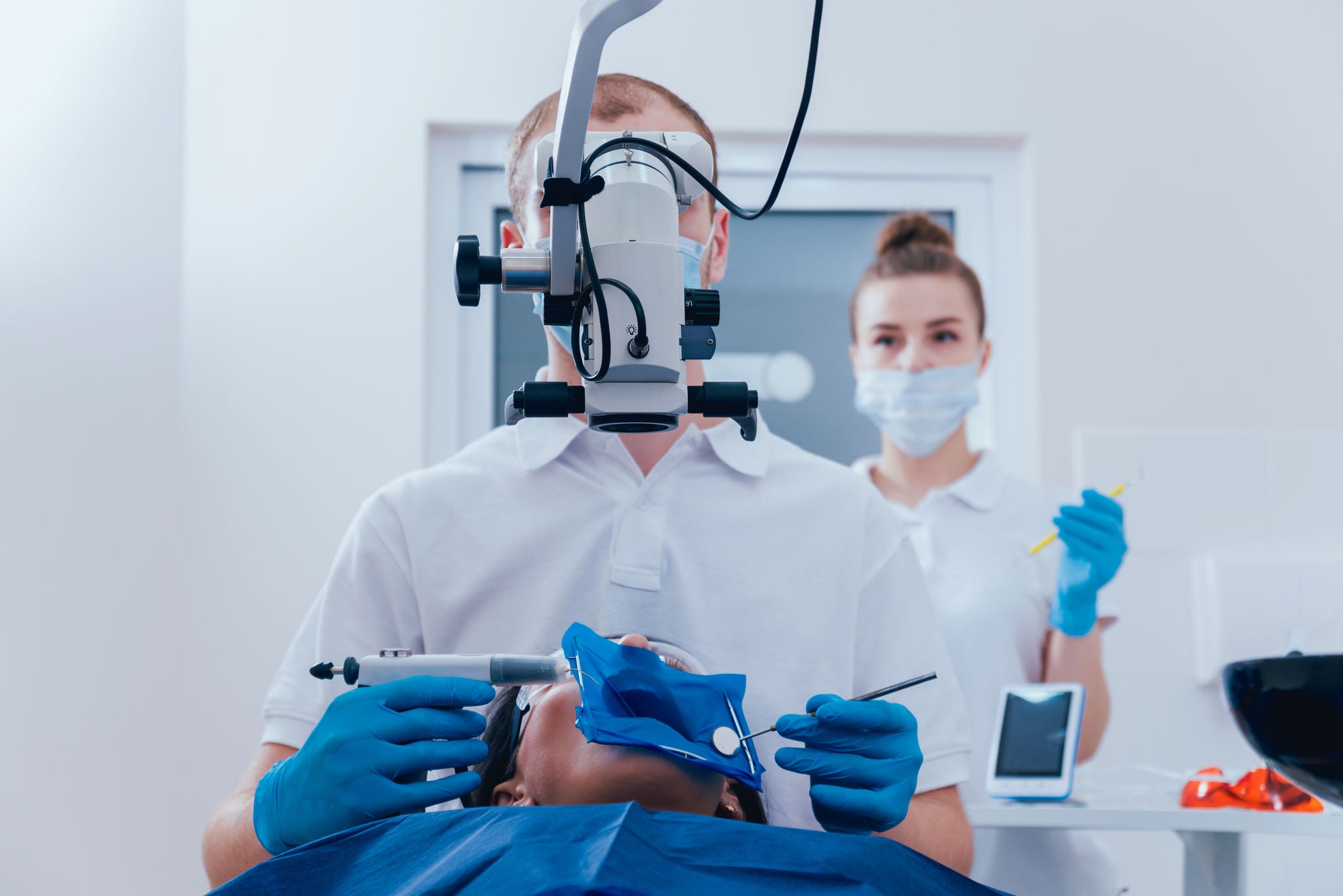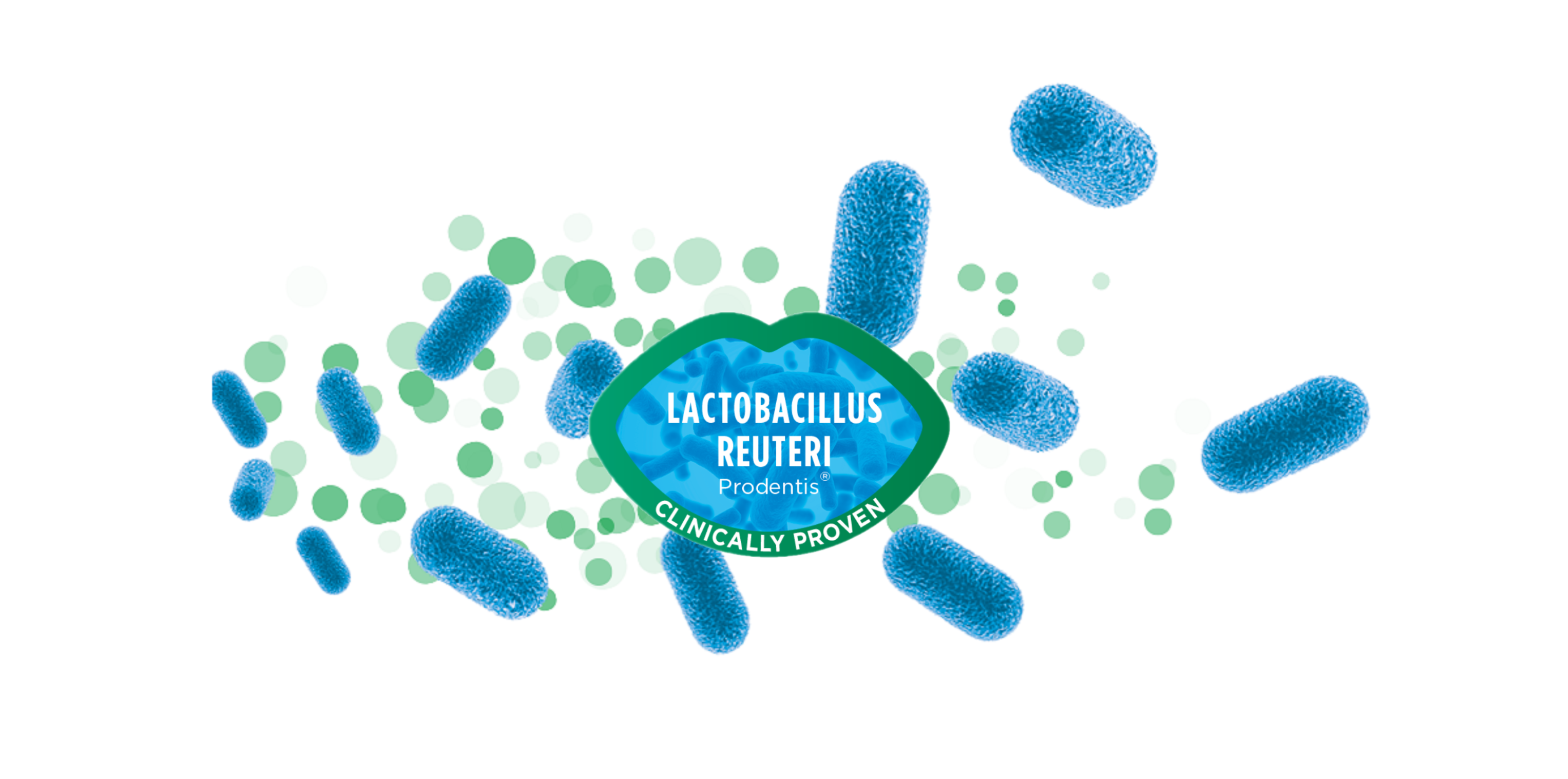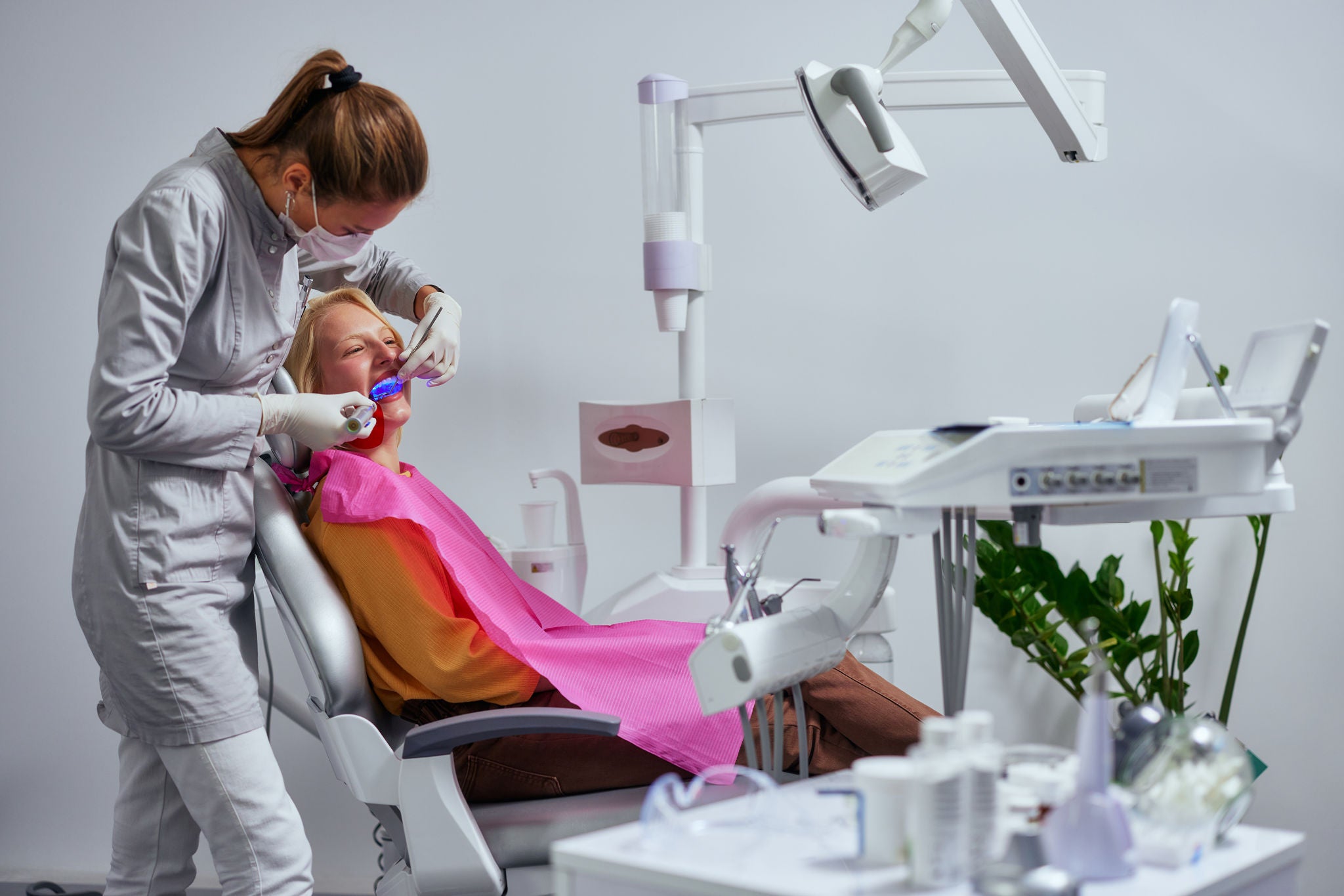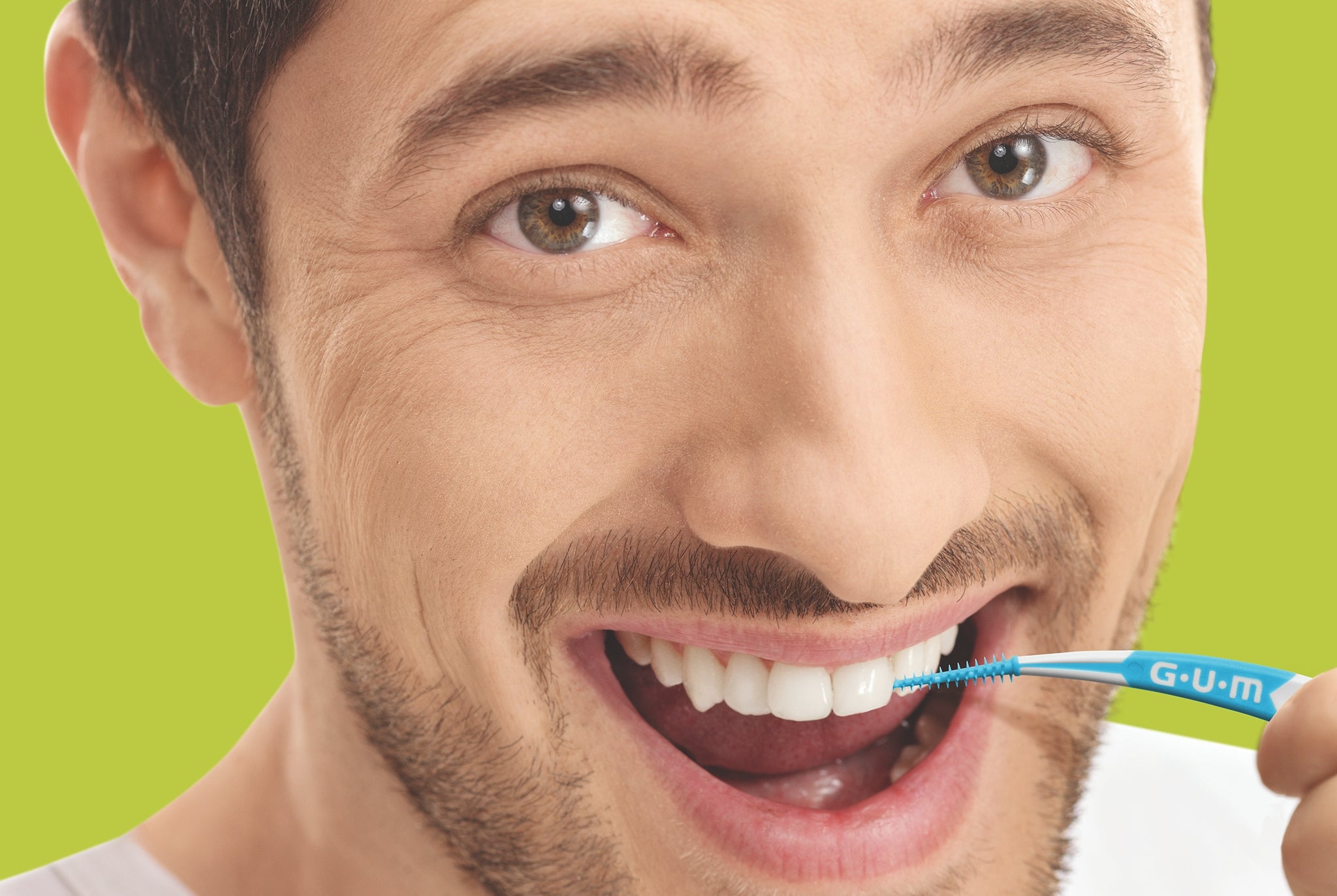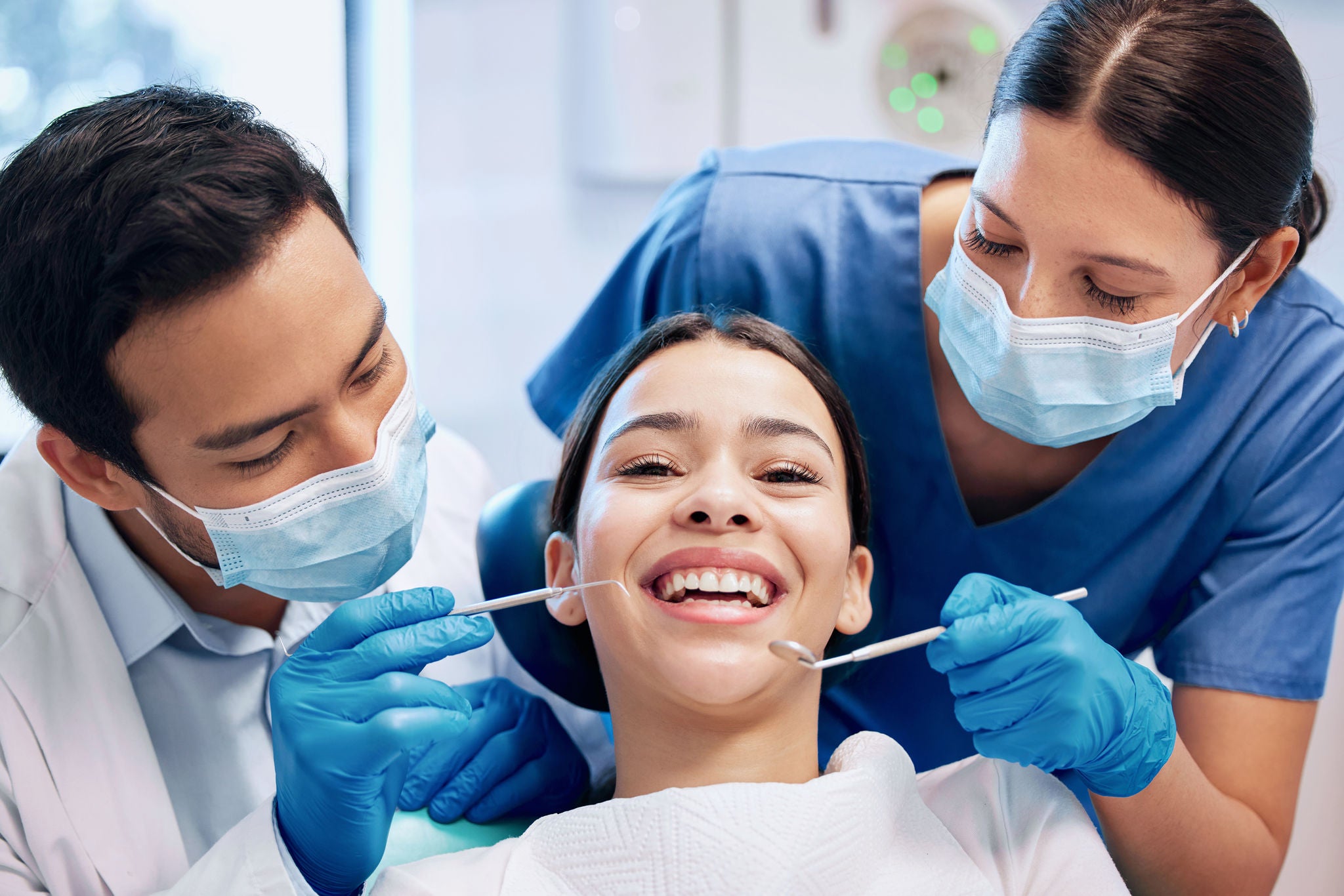
Probiotic Health Maintenance of the Gums
Periodontal diseases arise due to a mismatch between existing pathogenic bacteria and desirable beneficial germs. Of course, the susceptibility of the host also plays a significant role, which is influenced by various circumstances or diseases.
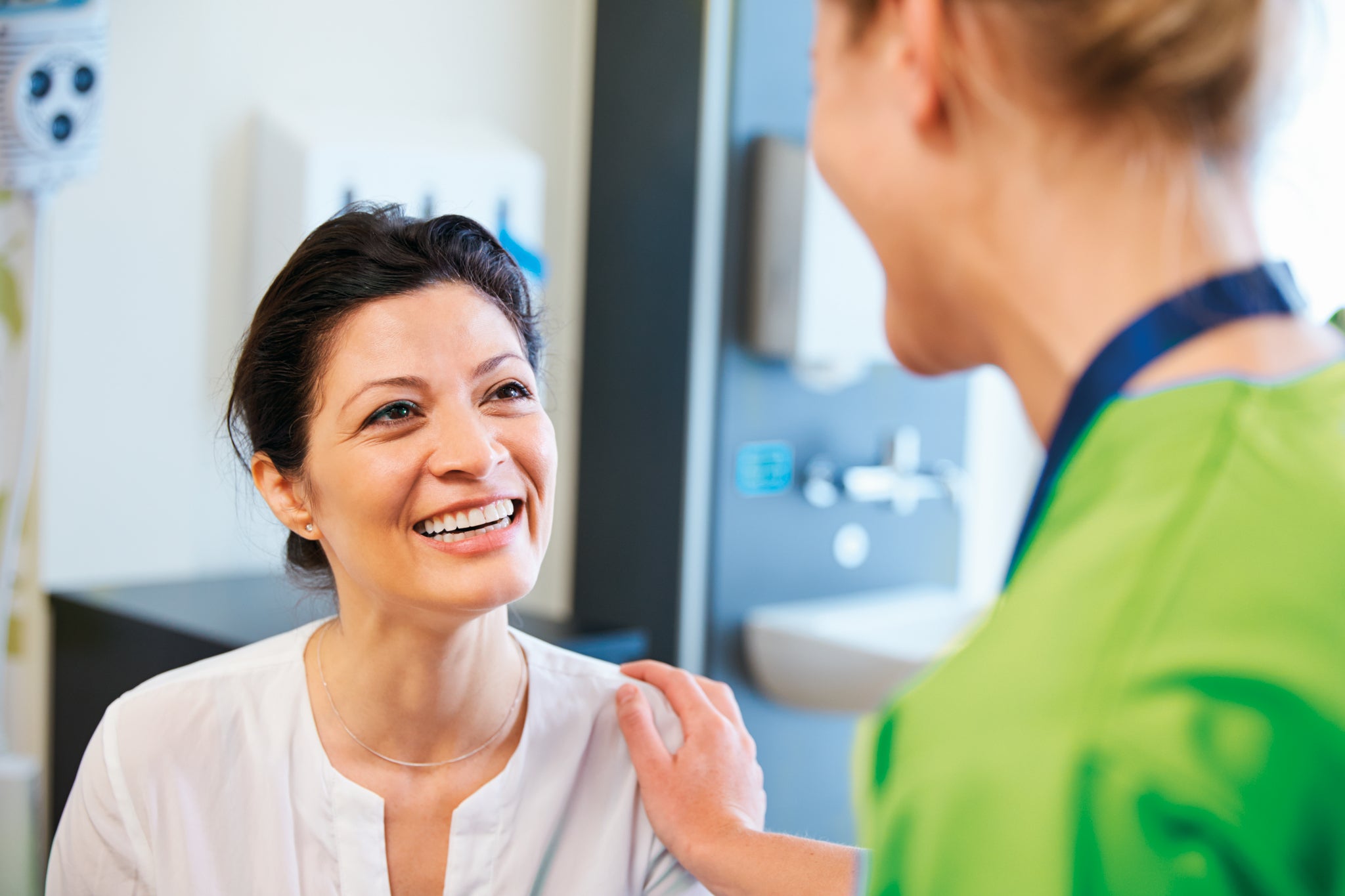
Initial therapy for periodontal diseases focuses on reducing the number of unwanted pathogens through scaling and root planing (SRP).
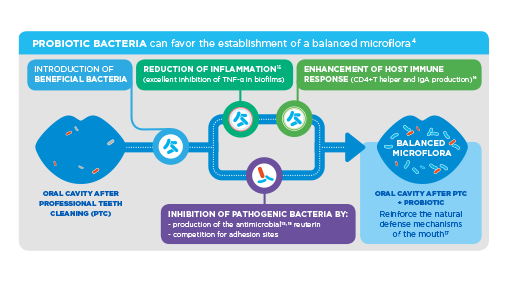
Numerous studies confirm that the probiotic germ Lactobacillus reuteri Prodentis® (LrP) is a useful therapy supplement for periodontal diseases. Studies also show that some bacteria have both antimicrobial and anti-inflammatory properties. The aim of treatment with LrP is to increase the proportion of beneficial bacteria in the oral cavity through probiotics in the long term and to restore the natural balance of the oral flora.
Current study situation
In the study by Teughels et al. [1] 30 patients with chronic periodontitis after performing SRP for 12 weeks received either LrP or placebo. The result shows that the patient group receiving LrP had significantly fewer patients with deep pockets. In addition, a significant reduction of the pocket depth in deep pockets as well as an attachment gain could be determined and also the pathogenic germ Porphyromonas gingivalis was significantly more contained (- 1.17 cfu / ml vs. - 0.22 cfu / ml in the saliva after 12 weeks).
The double-blind study with 30 periodontitis patients by Vivekananda et al. [2] confirms these results. Half of the study participants were treated with one SRP, the other not. From day 21 to 42, one group received two tablets of LrP daily, the other group received a placebo. In all treated patients, plaque index (PI), gingival index (GI) and gingival bleeding index (GBI) improved significantly, but with varying degrees of severity: while the combination of SRP and LrP had the greatest effect, the incidence of cancer decreased Combination SRP plus placebo even worse off than treatment only by LrP. Pocket depth and clinical attachment level were reduced by SRP plus LrP from 5,08 to 3,78 mm and 3,93 to 2,85 mm, respectively.
The meta-analysis by Martin Cabezas et al. [3] confirms the above results significantly. In comparison to SRP alone, the probiotic treatment provided a clearly improved therapeutic success.
Further study results with different risk groups confirm the successful use of LrP.
[1] Teughels et al. (J Clin Periodontol) 2013, 1025–35
[2] Vivekananda, et al. (J Oral Microbiology 2010, 2; 5344-ff)
[3] Rodrigo Martin-Cabezas, et al. (J of Clinical Periodontology) 2016; 520-530


